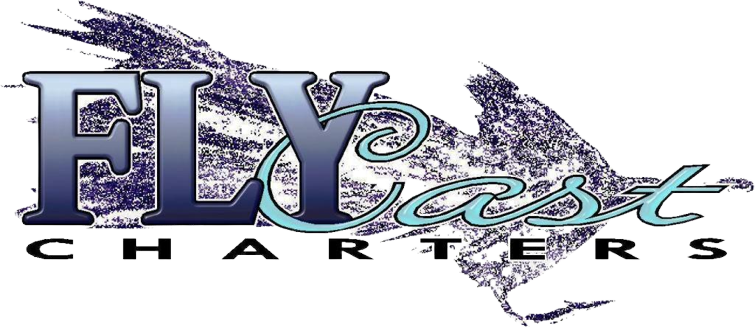As you are cruising the bays and sounds of Charlotte Harbor, have you ever wondered why it always seems there are boats anchored just off the corners or points of many mangrove island shorelines? In most cases, this is due to the fact that these island points can be one of the most productive spots on the entire shoreline. This is due to a couple of reasons, first is the increased water flow or current that inevitably gets pushed around the point. Anytime we can find a spot where water is moving, our odds of finding fish increases. Secondly, this stronger current flow tends to dig a bit of a deeper cut over time that also helps hold fish. And since most of our favorite gamefish prefer to feed by ambush, a good current flow around a point where they can position facing into the current is a natural.
When it comes to a strategy for working these spots, my favorite is at a tide change and in particular when the tide begins to run out. In reality, this is difficult to plan because you have to be on the water an awful lot to time this right. However, if you are working some shorelines and notice the tide is beginning to drop, it is something to keep in mind. Best of all, we are fortunate enough to have lots of islands that contain numerous points to pick from in and around Charlotte harbor. In addition, many of these islands are so close together that you can actually jump from one corner or point to the other. In fact, one of my favorite patterns includes moving from one adjacent corner to another on the outer set of islands going into a backcountry bay and also working the flat that lies between the two spots. I have found that this type of open flat just off the deeper water and between two islands tends to hold fish. Just the same as current increases when water is forced around a point, it also moves a bit quicker as it is funneled between two islands. If we take a look at a good chart, Charlotte harbor is loaded with this type of island structure. Lately, the wind has played a key role in how I will navigate the different distances between island structures. In many cases, I will use the outboard to set myself up for a drift with the wind and just use my trolling motor on a very low speed to help steer the boat. By doing this my trolling will last longer and will also create as little noise as possible. However, if I happen to see a lot of activity like fish pushing from a distance but everything seems to disappear as I get closer, I will get out the push pole.
Hopefully, after the cooler weather from last weekend moves out, the fish will be hungry. I am getting good reports of both scaled sardines or whitebait and threadfins moving into the harbor. Many of the jerkbait style artificial plastics have been working well. Examples include: Gulp’s five-inch jerkshad, Exude’s RT Slug, and Gambler’s Flappin shad. Most anglers are rigging them weedless with either with a Texas rig or a hitchhiker set up. It’s also not a bad idea to keep a top water plug rigged at all times.
With all that being said, I only see one problem. There just isn’t enough time to cover all the ground that is there to explore. But then, that’s also the great thing about Charlotte Harbor and all the islands, its vast size help it absorb all the pressure that we put on its resources. I realize this every time that I run north outside the bar and look into the vast set of islands between Pirate harbor and Alligator Creek.

Recent Comments